Choosing the right sliding door hardware can transform both functionality and style in your space. A poor choice can lead to challenges you want to avoid.
When selecting sliding door hardware, factor in the door’s type, size, and weight. Ensure the track style aligns with your space and aesthetic. Consider material and finish for durability and style, ensuring the design complements your decor.
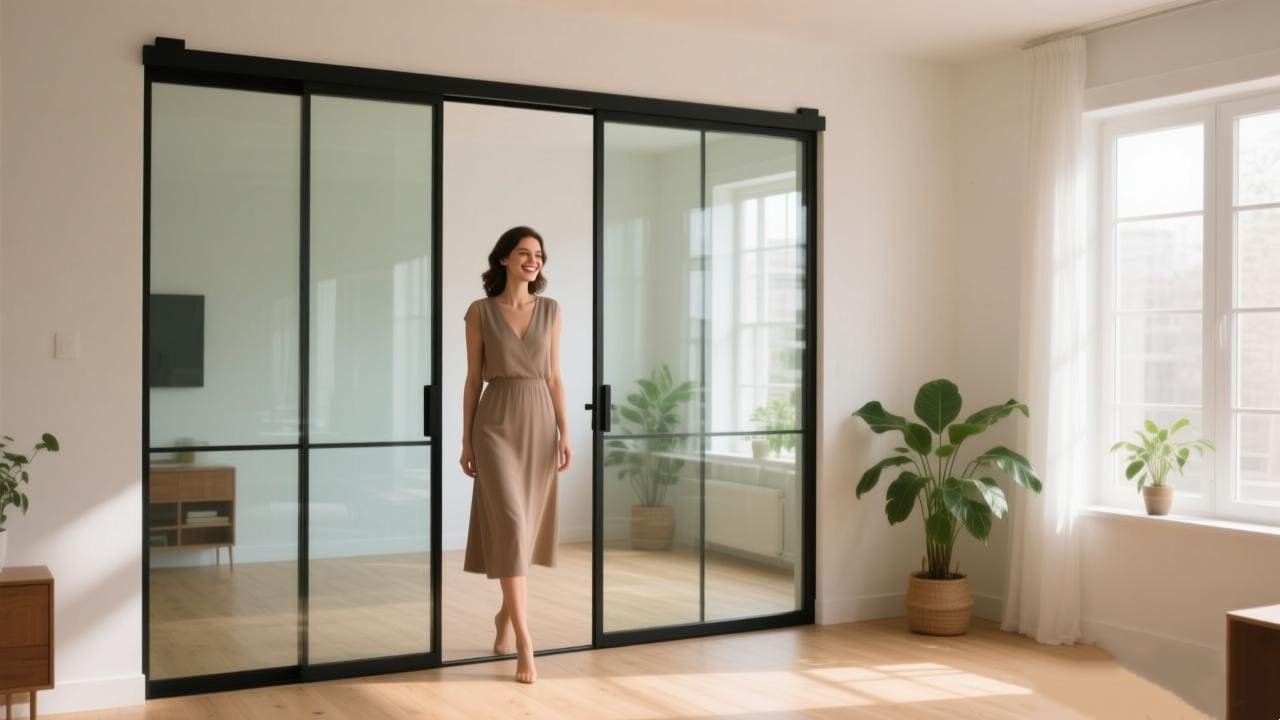
To delve deeper, consider elements like the hardware’s weight capacity, checking for quality components such as steel rollers for longevity and smooth operation. Proper selection will not only enhance design but also ensure functionality.
What are considerations in the selection of door hardware?
Door hardware selection requires careful consideration. Ignoring key elements can lead to problems that affect both use and appearance.
Key considerations include the door type, size, weight, and the durability of materials and finishes. Match the track style to the space, ensure components are of high quality and verify that weight capacity aligns with your needs.
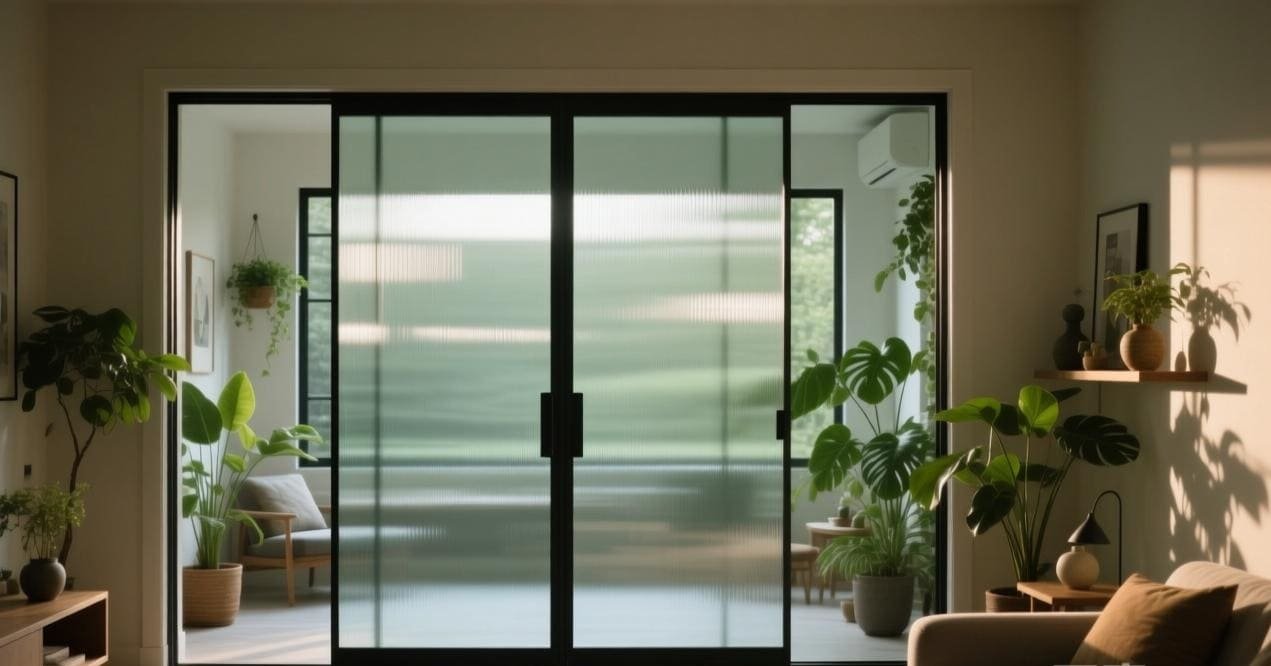
Diving into specifics, different door types like wooden or glass require different hardware. The track style, from barn to pocket doors, affects both aesthetics and function. Material choices such as stainless steel or brass offer varied durability and style. Finishes should match your decor theme. Always check weight capacity for safety and longevity.
What are the different types of sliding door mechanisms?
Sliding door mechanisms vary greatly, creating a wide range of options to suit different spaces and styles.
Common mechanisms include barn doors, pocket doors, and bypass doors. Each type accommodates unique spatial and style requirements, providing options that range from rustic to modern aesthetics.
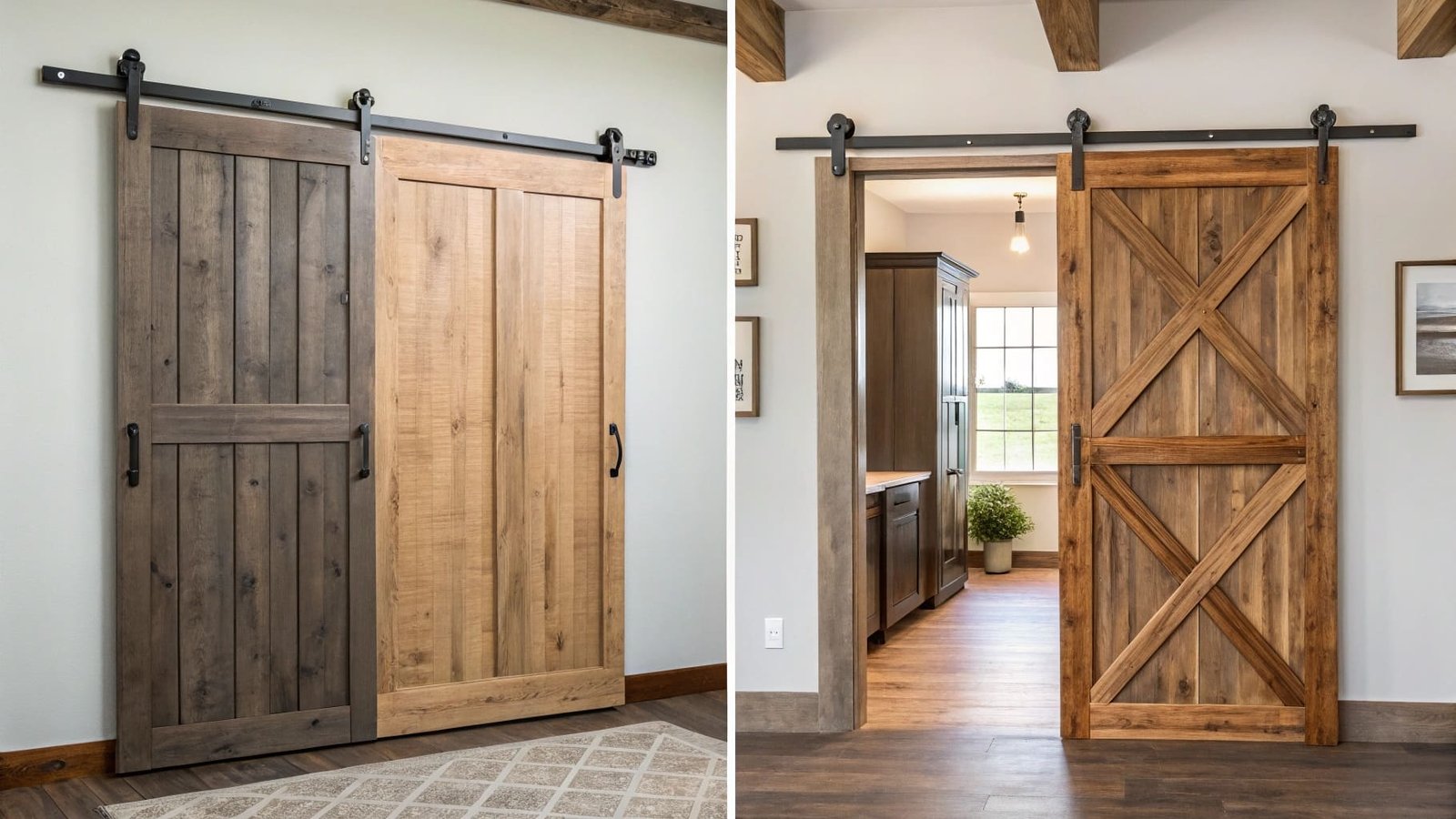
To understand further, barn doors create a statement with visible hardware and rustic charm. Pocket doors disappear into walls, saving space. Bypass doors slide past each other, often used in closets. Each type requires specific hardware. Consider the workflow and space availability to choose the right mechanism for your needs.
What is the common problem with sliding doors?
Sliding doors can present unique challenges. Some issues arise due to poor hardware choices or installation errors.
Common problems include sticking doors, noisy operation, and uneven tracks. These issues stem from misaligned hardware, inadequate components, or improper installation, affecting the door’s function and user satisfaction.
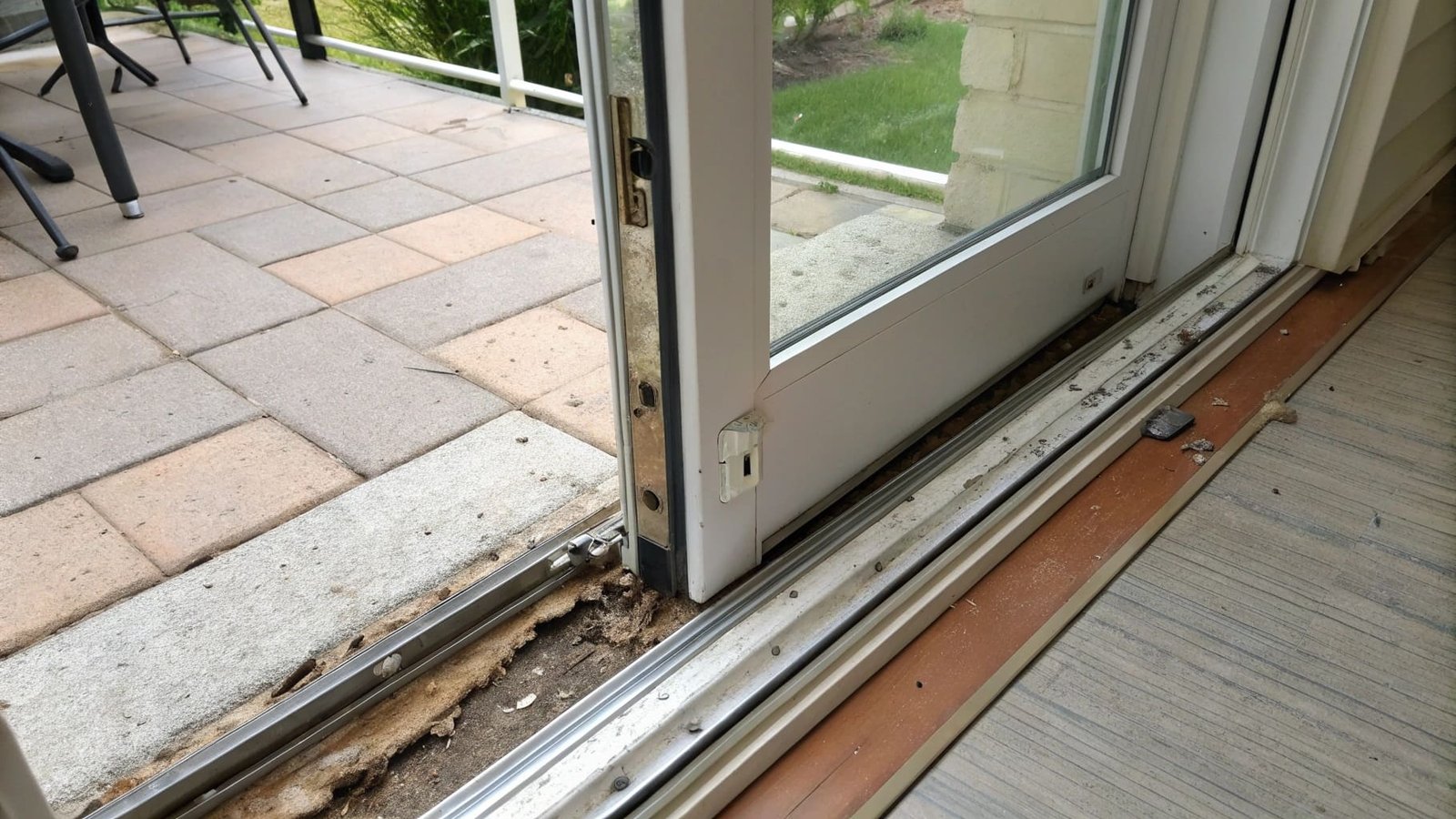
To tackle these problems, regular maintenance is essential. Lubricate tracks and rollers for smooth operation. Align tracks properly and replace worn components. Ensure that hardware components are compatible with the door’s weight and size. Proper installation and quality hardware mitigate these common issues, ensuring reliable door operation.
What is the trend for door hardware?
Door hardware trends evolve to incorporate modern aesthetics and technology. Keeping updated ensures both style and function stay current.
Current trends focus on minimalist designs, smart technology integration, and sustainable materials. These trends provide practical enhancements while aligning with contemporary decor themes.
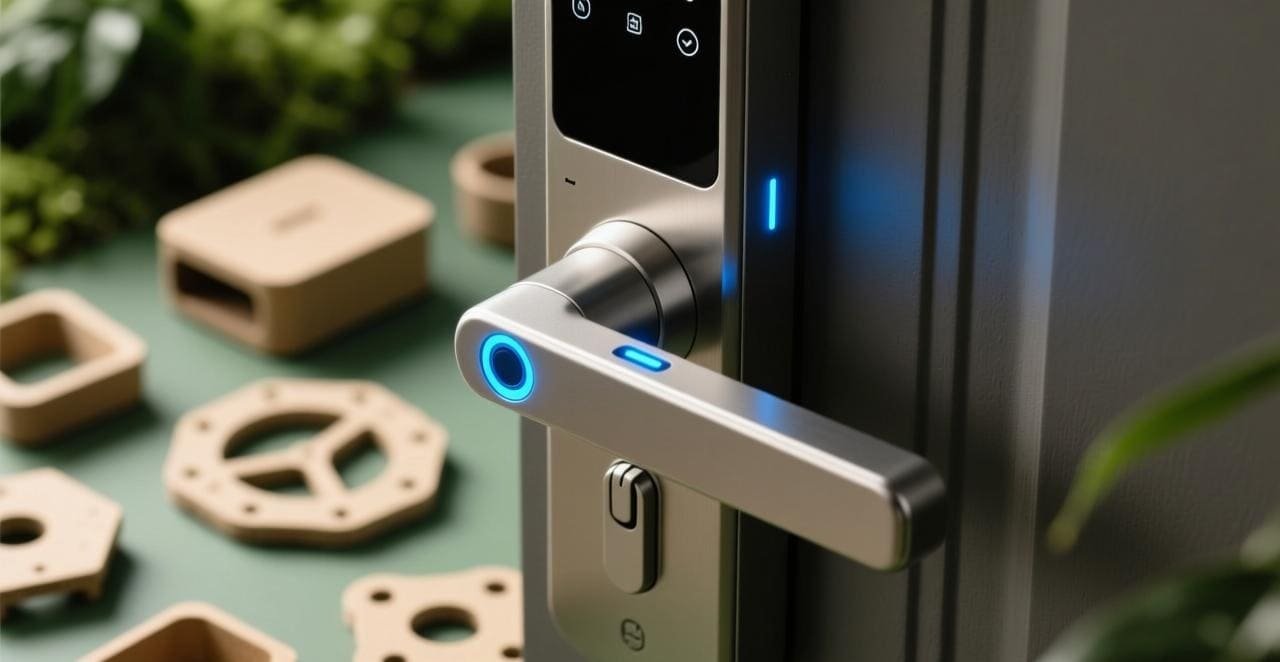
To dive deeper, minimalist designs emphasize sleek lines with hidden hardware, contributing to a clean aesthetic. Smart technology, including remote access and automation, enhances security and convenience. Sustainable materials like recycled metals are gaining popularity, minimizing environmental impact. Embrace these trends for a forward-thinking approach to door hardware.
Conclusion
Selecting sliding door hardware involves evaluating type, size, style, and quality, ensuring functionality and aesthetic harmony in your space.

